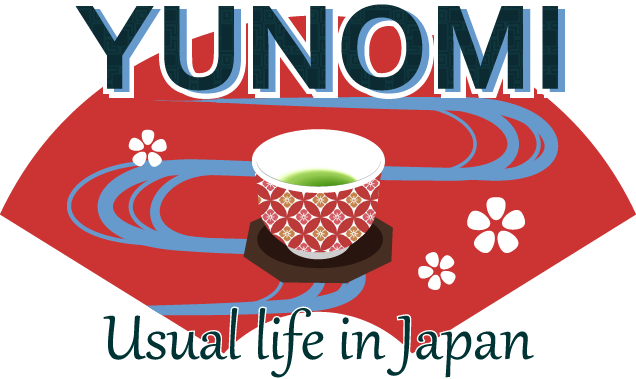-

-
Kotatsu: Japan’s Coziest Winter Tradition
In Japanese winter, few things feel more comforting than sliding your legs beneath a warm blanket and settling into a kotatsu. Soft light, gentle heat, and a shared table — the kotatsu is not only a heater, but a space that brings people together. What Is a Kotatsu? A kotatsu is a low table with a built-in heating unit. A thick blanket (called a futon) is placed between the table frame and the tabletop, trapping heat underneath. You slip your legs inside, and warmth wraps around you instantly. Unlike central heating, the kotatsu warms your body rather than the ...
-
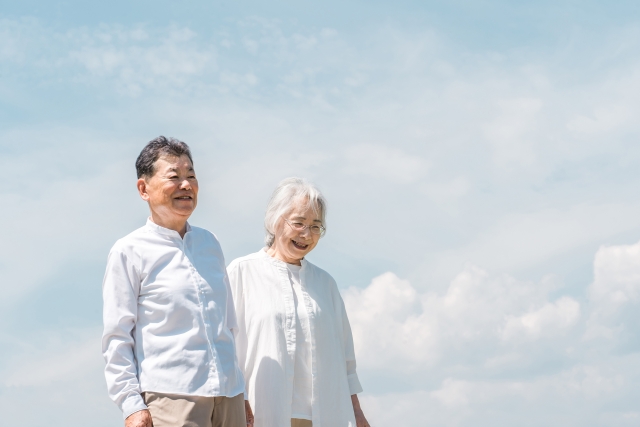
-
Keiro no Hi: Japan’s Respect for the Aged Day and the Spirit of Family Bonds
Every September, Japan celebrates Keiro no Hi (敬老の日) — Respect for the Aged Day, a heartfelt holiday to honor grandparents and elders who have devoted their lives to family and society. It’s not only about longevity; it’s about gratitude, wisdom, and the ties that hold generations together. 🗓 When Is It? Keiro no Hi is observed on the third Monday of September. The holiday became official in 1966 and moved from September 15 to Monday in 2003 under the “Happy Monday” system to create a long weekend. In 2025, Keiro no Hi falls on September 15. 🌾 Meaning ...
-
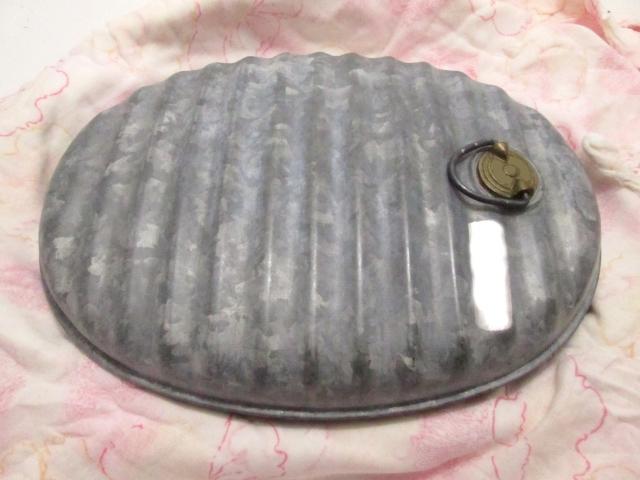
-
Yutampo: Japan’s Hot Water Bottle Making an Eco Comeback
The yutampo—Japan’s traditional hot water bottle—was once seen as old-fashioned. Today, it’s making a comeback as a simple, eco-friendly way to stay warm in winter. No electricity, gentle heat, and a cozy bedtime ritual—this is why many people are rediscovering it. What Is a Yutampo? A yutampo is a heat-resistant container filled with hot (not boiling) water and placed in a bed before sleep. It pre-warms the futon and makes falling asleep easier—especially if your feet tend to feel cold. Why It’s Back: Comfort × Eco No electricity: Just hot water. Lower bills, smaller footprint. Softer warmth: Doesn’t ...
-
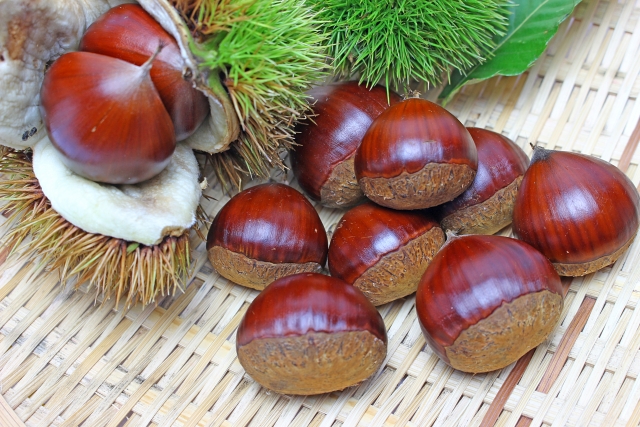
-
How about enjoying autumn in Japan, how about picking up chestnuts?
Chestnut is a symbol of autumn. Japanese love to eat chestnuts cooked with rice, with a touch of sake rice wine and a pinch of salt. That's the specialty food for the autumn season. To obtain really fresh chestnuts though you will have to do a bit of labour; chestnut farms are opened to you. Go there one of the fine autumn days and pick spiny cupules in which two or three ripe chestnuts are contained. Actually, picking up chestnuts is a popular seasonal activity especially for the family with small children. Kindergartens usually include this event in their annual ...
-
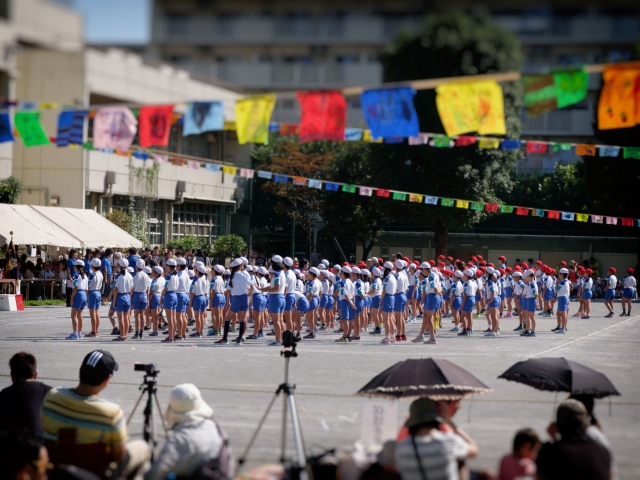
-
Undo-kai: Japan’s Beloved School Sports Day
Every year, schools across Japan hold a lively event known as Undo-kai (運動会) — the school Sports Day.It’s not just about winning races or games.Undo-kai is a day that brings together children, teachers, and families to celebrate teamwork, effort, and community spirit. A Celebration Beyond the Classroom Traditionally held in autumn, Undo-kai has long been one of the most anticipated school events in Japan.With recent climate changes and hotter autumns, many schools now host it in May or June, when the weather is milder. The entire school spends weeks practicing dances, relays, and fun team competitions.Children are usually divided into ...
-
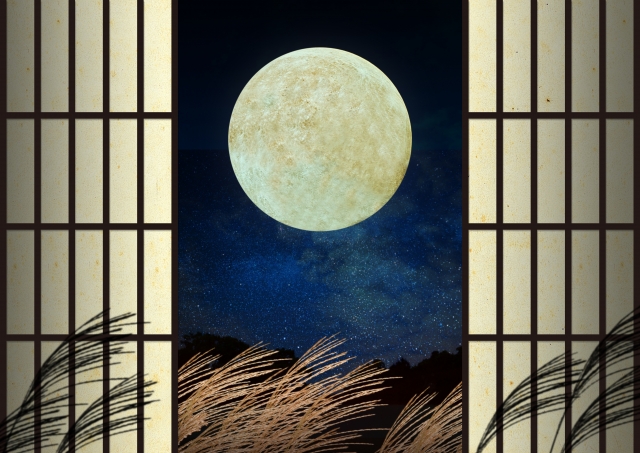
-
Tsukimi: Japan’s Moon-Viewing Festival of Gratitude and Beauty
Every autumn, Japan celebrates Tsukimi — the moon-viewing festival — to appreciate the beauty of the full moon and to give thanks for the year’s harvest. The tradition dates back to the Heian period (794–1185), when aristocrats would board boats to admire the moon reflected on the surface of the water or in their cups of sake.What they cherished was not the moon itself, but its reflection — a symbol of elegance and refined sensibility in Japanese culture. They composed and recited poems under the pale glow of the moon, expressing gratitude and the fleeting beauty of the season. From ...
-
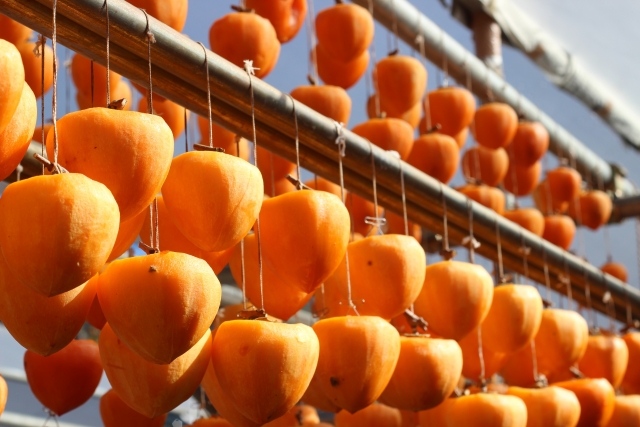
-
Japanese original dried fruits Hoshigaki
Persimmon is a fruit which often stands between people's likes and dislikes. Large persimmon trees when most of the leaves have fallen in autumn depict a typical country scene and give us a feel of nostalgia. Kaki This fruit, Kaki in the Japanese language, becomes very distinct if you eat fresh or dried Dried Kaki are not the ones remained and dehydrated up on the trees, of course; they have to be carefully processed especially preventing from getting mould. You will call this dried fruit ‘Hoshi-gaki' in Japanese which literally means ‘dried-persimmon.' You could see farm houses hang the ...
-

-
The Japanese school is cleaned by the students themselves
How does it sound that there is no cleaner stationed in school in Japan? Public school is cleaned by children themselves. Cleaning time is even set into their daily time table, about 20 minutes. Bloomed and swept, even regularly waxed by them. While in a conventional school, classroom floors are parquet, those of a modern school building are carpeted so that they are vacuumed. Cleaning task is undertaken by the team Children are divided into teams and deployed to every corner of the school. It gives them an opportunity to learn how to operate cleaning and how to cooperate each ...
-
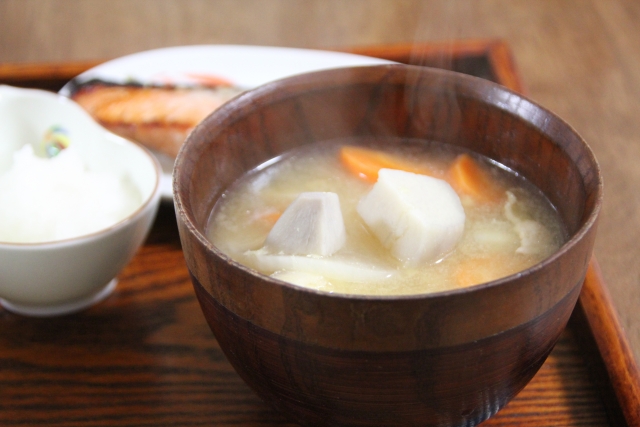
-
Miso Soup: The Everyday Source of Japanese Vitality
Miso soup, or misoshiru, is one of the most essential dishes in Japanese cuisine.Served with almost every meal, it is simple, healthy, and endlessly versatile. Made with a savory dashi broth and miso paste, miso soup is more than food—it is part of Japan’s daily rhythm of life. Dashi: The Flavor Base of Miso Soup Miso soup always begins with dashi, the broth that defines Japanese cuisine.Dashi is simple to make, yet it carries a unique taste called umami—the “fifth flavor” beyond sweet, salty, sour, and bitter. Here are the main types: Kombu Dashi (Kelp Broth) Made by soaking or ...
-
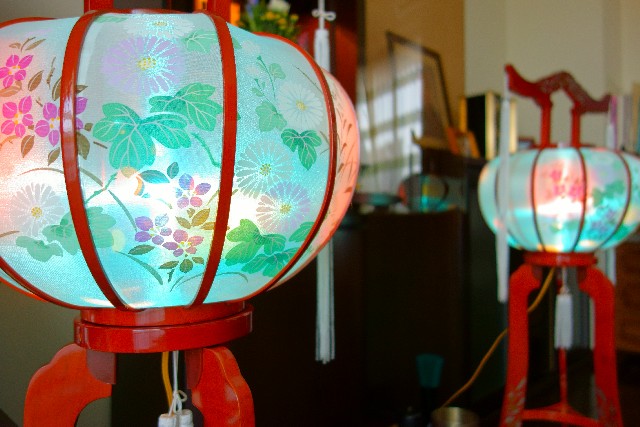
-
Obon is a Japanese religious custom to pray for ancestors
‘Obon’ is a certain period of time in the middle of August where majority of Japanese will be engaged with ancestor-related rituals, basically in their home town. This is a Buddhist event occurring from the 13th to 16th of August. Obon is said that it’s the time the ancestors come back to visit their family. Actual rituals are totally different depends on the areas and regions. In some Tokyo area, for example, in the evening of the first day of obon period, family visit the ancestor’s grave, holding unlit lanterns. Lanterns are only lit at the grave and carried to ...
